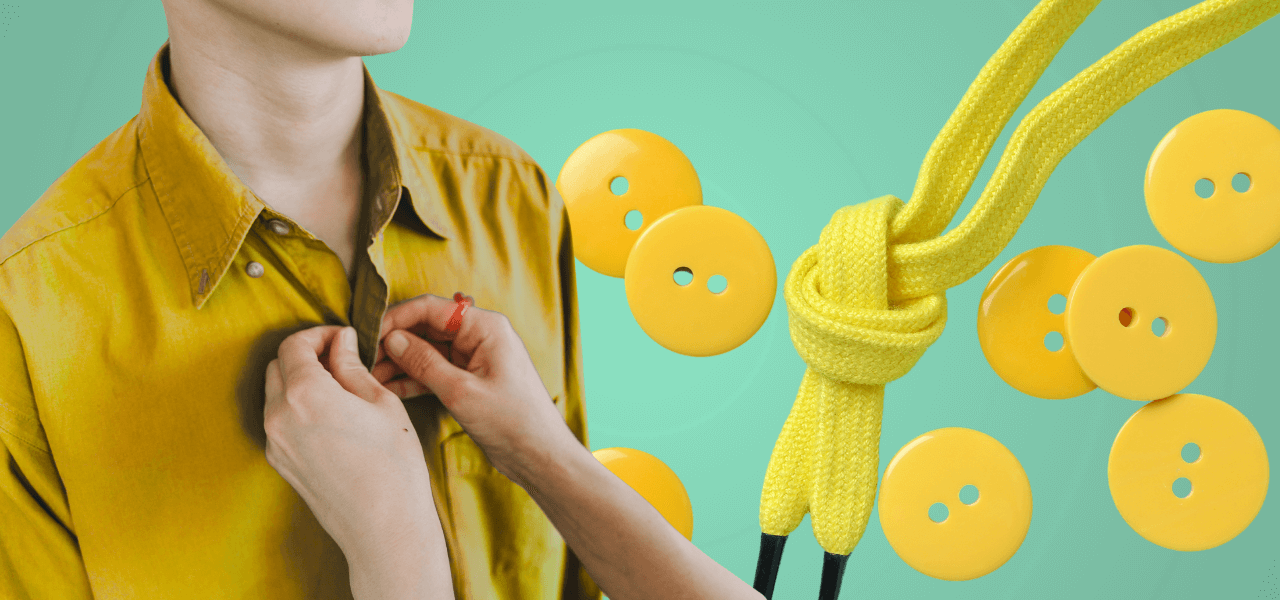Teaching Life Skills to Visually Impaired Children Using Lacing
This material is suitable for young children. One of the key tasks for parents and educators raising children with visual impairments is to teach them self-care and personal hygiene skills. From a young age, we teach children how to use the toilet neatly, dress themselves, eat independently, tie their shoes, and fasten clothing. A sighted child learns these skills by imitating adults, gaining visual experience. However, a visually impaired child needs to be taught many of these skills as they cannot learn by imitation. When teaching children with visual impairments, we rely on their preserved senses (hearing, touch, taste) and any residual vision.
In the early stages of teaching self-care skills, it is often best to perform many simple actions together with the child. Many children with visual impairments, due to constant adult supervision, have a reduced ability to rely on their remaining senses. Parents often limit children from performing tasks they could manage on their own. This leads to reduced activity and independence. Adult assistance should be reasonable. Children need to experience the joy of completing tasks on their own. Every task should be accompanied by verbal explanations from the adult to help the child understand the process more easily. Learning new skills always progresses slowly and requires great patience from adults. The task of adults, both parents and teachers for the visually impaired, is to patiently and lovingly teach the child.

A crucial aspect of teaching visually impaired children is the gradual and sequential nature of the actions. Each new task is broken down into several consecutive steps to ensure thorough memorization and repetition. When teaching new skills, it’s helpful to use the “hand-in-hand” or “hand-on-hand” method, where the adult guides the child’s hands. For a sighted adult, it can be useful to try performing new actions with their eyes closed before working with a visually impaired child, to better explain the process. Many children need to see an action performed several times before they remember how to do it themselves. You can’t just say, “Tie your shoes,” and expect the child to quickly succeed. Lacing shoes is a skill that must be learned step by step.
Teaching Children to Tie Shoelaces
For adults, tying shoelaces is an ordinary task, but it can be challenging for all children. The child must thread the lace through the hole, cross the laces, and tie a neat bow. This is an important skill to learn, as children won’t always wear shoes with zippers or velcro. To teach this skill, we will use a training shoe, possibly made of wood or cardboard. Using the “hand-in-hand” method, we show the child how to lace shoes. By imitating the adult’s movements, the child gradually learns to tie shoelaces. The lacing activity is also beneficial for developing fine motor skills. Lacing enhances spatial orientation and helps the child understand concepts like “up,” “down,” and “diagonal.” Once the child masters tying laces on a flat surface, they can move on to lacing actual outdoor shoes.
Sewing a Button
Next, we teach how to sew a two-hole button.
We use a shirt with holes, buttons, and laces as a practice tool. At the beginning of the lesson, we can ask the child: “How are buttons attached to clothes?” We explain to the children that buttons are used for fastening and decorating clothing. In a simple way, we teach them how to sew buttons. This task also helps develop fine motor skills through play.
Check out our blog on knitting for blind children!
